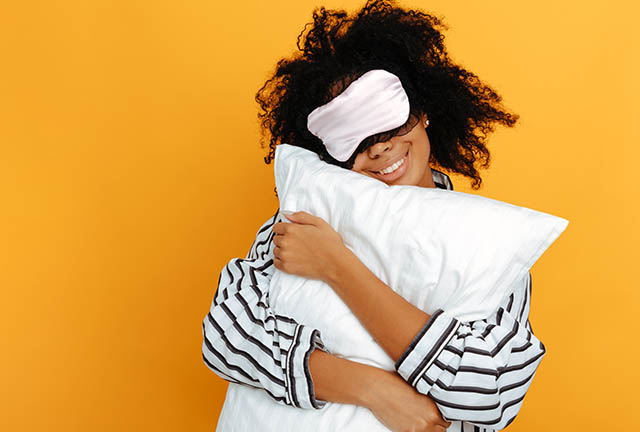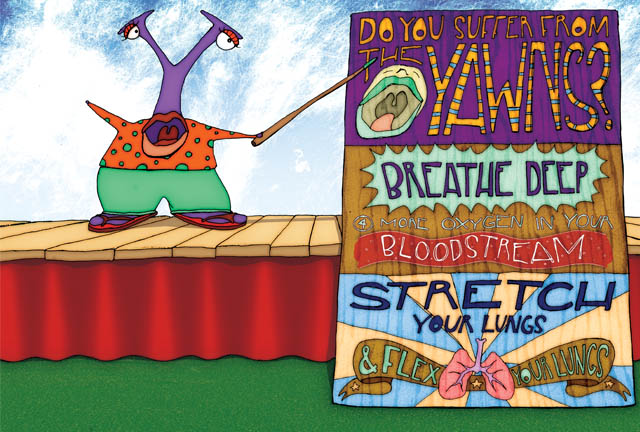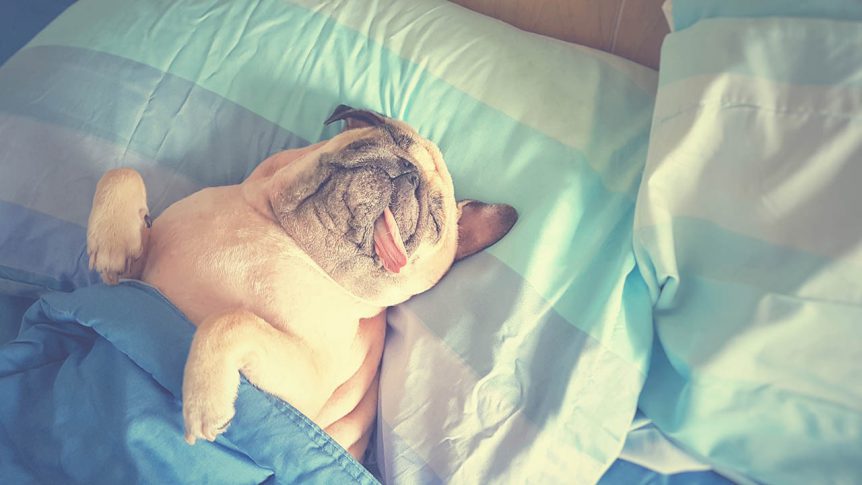On Nov. 6 we, in the United States, moved to daylight savings time. That means it gets darker earlier as we transition into fall and winter. (Read the Fuddlebrook story, A Change of Season). Shorter days and cool, crisp night air should make for great sleeping weather. But unfortunately for many, sleep is elusive. The science of sleep may be constantly improving, but there’s still a lot we don’t know about those all-important 7-9 hours of shut eye which every human needs to function.
Given that a 90-year-old human will have spent an average of 32 years asleep, it’s incredible how little we understand about what happens in those hours. Studies show that adults need at least seven hours of sleep every night to function effectively throughout the day, however a lot of Americans are getting much less. About 35% of US adults get less than the recommended seven hours of sleep each night. This is in stark contrast to the people of the Netherlands, who sleep on average 8 hours 5 minutes per day, the best country for sleep in the developed world.

It’s worth mentioning that some people can survive on much less. In fact, 1% to 3% of the population are known as ‘short sleepers’ who need less than six hours a night.
Now for some sleep facts:
- The average person falls asleep in seven minutes.
- Sixty percent of American adults experience sleep problems at some time.
- Each child in a mother’s household increases her risk of getting insufficient sleep by 46%.
- Are you a creative person? Research shows you’ll sleep more but not as well.
- Three quarters of those who suffer from depression also suffer from a lack of sleep.
- One sleepless night affects you brain in the same way as being drunk.
- The perfect nap, according to NASA, lasts for 26 minutes.
- During REM sleep, chemicals in your brain paralyze your muscles to stop you from acting out your dreams.
- REM sleep is proven to help creative problem solving.
- People who procrastinate are more likely to have sleep problems.
- Sleeping under a weighted blanket can improve your sleep and has been proven to help those with anxiety.
- 30 minutes of exercise a day correlates with 14 extra minutes of sleep per night.
- Sleeping on your back is best for your health as it allows your back, neck, and spine to rest in a neutral position.
- Women are found to have more nightmares than men and also have more emotional dreams.
- You can’t sneeze while sleeping.
- Older people are more likely to dream in black and white.
And why do people dream? It’s a question for the ages. Just as in the Quirkles book Yawning Yolanda, scientists aren’t for sure why we yawn, there’s a lot that experts don’t know about why people dream and where dreams come from.

However, the prevailing theory is that dreaming helps you consolidate and analyze memories (like skills and habits) and likely serves as a “rehearsal” for various situations and challenges that one faces during the daytime.
In the Fuddlebrook story Bert’s Crazy Growth Concoction, Bert thinks he has a formula to make him grow. In reality, we know, along with good nutrition, in children and teens, sleep helps support growth and development.
So, during this season of giving thanks, let’s not forget to be thankful for that essential and miraculous thing called sleep. Curl up with a cozy blanket and good book and get your ZZZZZ’s.

